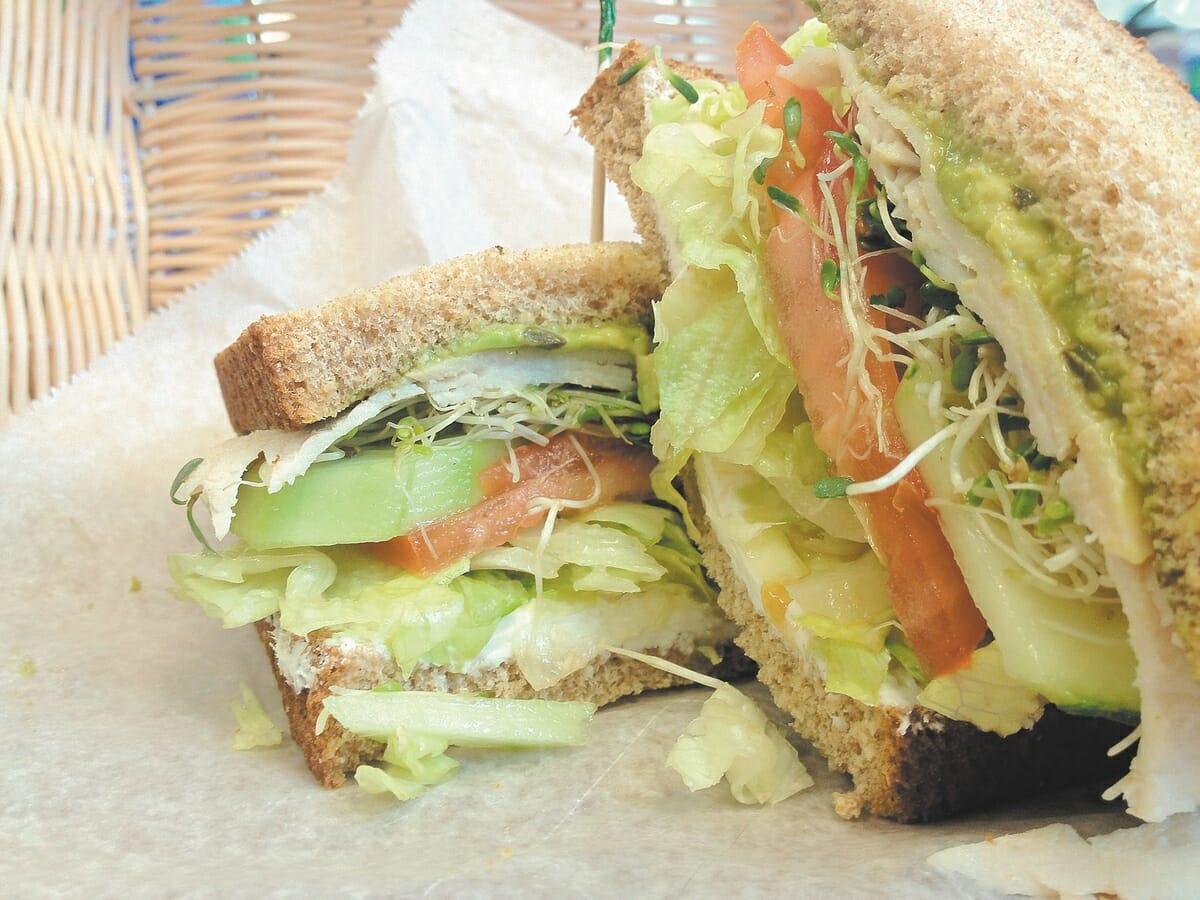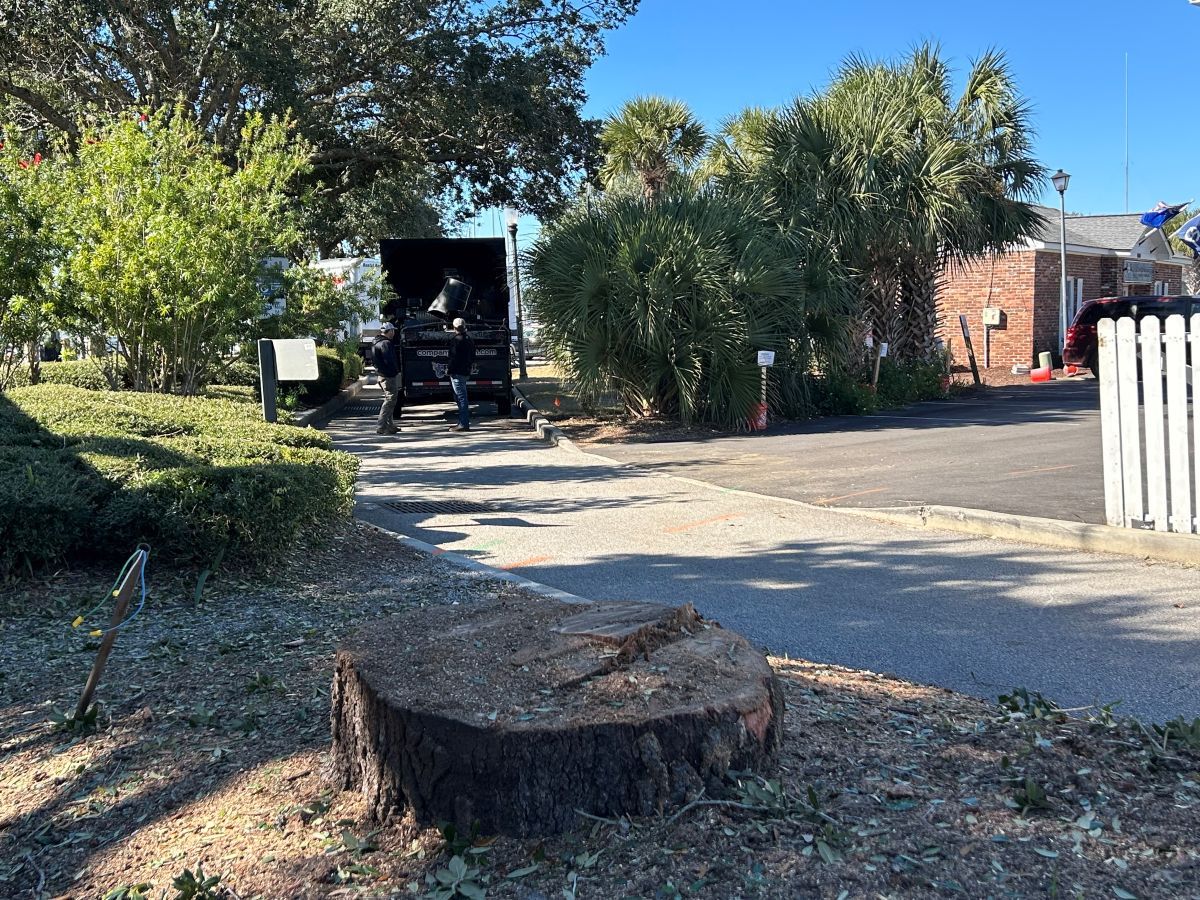By Tracie Korol
A well-meaning family adopted Cruiser from a shelter when he was 16 weeks old. He was “shy,” the shelter said plus he had been at the facility for two months, half his life. He was the only puppy at the shelter at the time so the family decided to take him despite his timidity. He’d come around, they thought, with love and attention.
What the didn’t know was that at 16 weeks Cruiser was reaching the end of a pup’s most important socialization period — the time in his life when he learns what is safe and good, and what is scary.

During this period, pups that live with humans need to learn the world is a good and safe place. Their general assumption then becomes that people and other animals, places and things are okay unless proven otherwise.
In contrast, pups that are not socialized tend to be suspicious of everything except for a very narrow range of experiences they encounter in their very limited environment — their basement, backyard, or the family room, for example. The rest of the world terrifies them, and any positive exposures they get later in life must struggle against this early, very strong programming. I consult with many dog owners whose dog’s lives begin and end at the front door. Anyone or anything out of the scope of the dog’s understanding of the world elicits hysterical barking, fear biting or shaking in terror under the coffee table.
New pup owners are often counseled by veterinarians to keep their baby dogs cloistered safely at home until they are fully immunized. Great from the physical health perspective because you don’t want to risk exposing your new Best Friend to nasty diseases, but from a mental health perspective, it’s horrible advice. You have only two to three months to give your pup an unshakable faith in the goodness of the world. You cannot afford to wait until those shots are done. During this period you want to give your pup 100 new positive exposures and experiences to “vaccinate” him against the possibility that he will feel compelled to bite someone someday or live a life in fear of people, places and things.
Giving your pup 100 positive experiences in 100 days is not as daunting as it might sound. The most important thing is to control the circumstance so that the experience remains positive for you puppy. For instance, arm your mail carrier with some high value treats or your pup’s favorite toy. Imagine how thrilled your puppy will be to see that the man with the big scary bag likes
squeak-bunnies, too! Arm the UPS driver, too. Start an early positive association with uniformed visitors to your home and avoid trouble later.
Enlist your neighbors or sit at a park bench or in front of your local library. Look for tall men, short men, tall women, short women, skinny men and women, portly men and women, babies in arms or babies in backpacks or strollers, toddlers, older children, tweens and teens. People with umbrellas, people with hats, people using walkers or canes, people using wheelchairs, kids on bikes, kids on scooters, on skateboards or kids playing basketball … and all of the above in various ethnic groups. Take an ample supply of treats anywhere you take your pup. When anyone approaches with “ooh! What a cute puppy,” invite them to give your dog a tiny treat.
Then add locations to your list: your bank, pet supply store, copy center, hardware store, outdoor café or any place that doesn’t have a “No Dogs” sign on the door. (Most establishments are happy to accommodate if your visit is explained as a training session.)
Places you don’t want to take your pup include off-leash dog parks or any place with an accumulation of feces from unknown dogs; any place where he might encounter sick dogs; any place where he might encounter aggressive dogs; any place he would have to be left unattended — in a hot car or tied outside a shop for “just a minute”; any place he would be uncomfortable — in the hot sun at a ball game; any place where he is likely to encounter aggressive, rowdy, drunk or otherwise inappropriate humans such as street fairs, festivals, parades; or any place where you won’t be able to devote enough attention to him to ensure his safety, security and well-being.
You get the idea. Be creative. Keep a list with a goal of one new exposure per day until your 100 days are up. But then, are you done? Hardly. Your dog will need new experiences throughout the rest of his life. But the first 100 is the most important.






